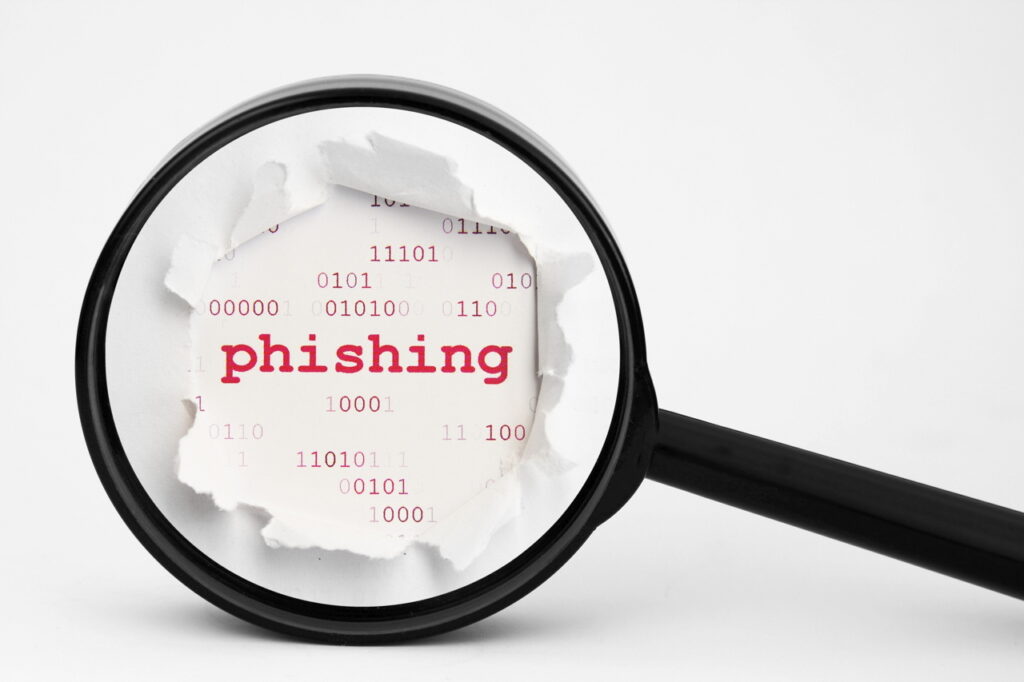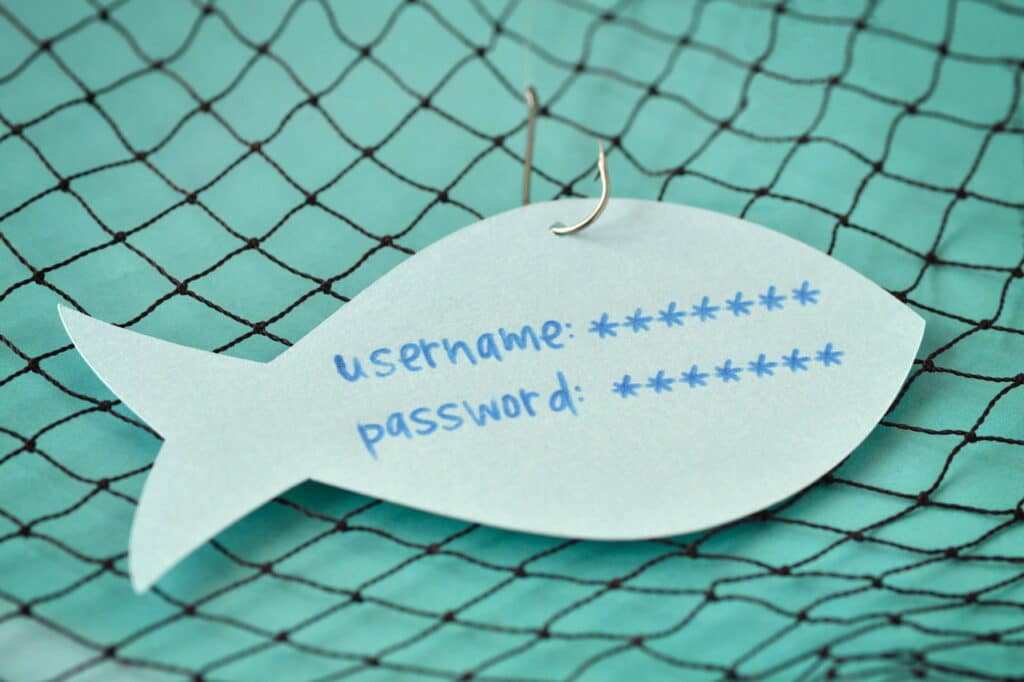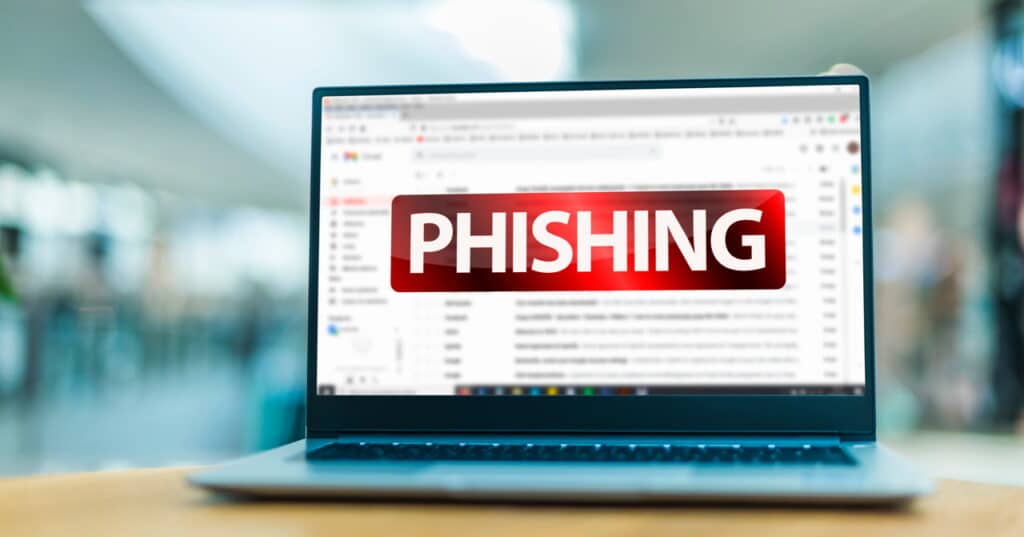Zero Trust
Zero trust is a security framework wherein trust is established based on context through least-privilege access controls and strict user authentication — not assumed trust. This model offers organizations increased protection of sensitive data, greater visibility into network traffic, and reduced risk of cyber threats.

What is Zero Trust?
Organizations have historically relied on a castle-and-moat cyber security model, which assumes that anyone outside the corporate network perimeter is suspect and anyone inside is inherently trustworthy. This approach has led to numerous costly data breaches over the years because, once they make it past the perimeter, attackers can move laterally throughout the network.
In 2010, John Kindervag, an analyst at Forrester Research, coined the term “zero trust”, which centered around the idea that risk is an inherent factor both inside and outside the network. A zero-trust architecture follows the motto, “never trust, always verify,” which leads to a better user experience, simpler network infrastructure, and improved cyber security defense.


How Does Zero Trust Work?
Zero trust is a major departure from the network security model built on the centralized data center and secure network perimeter — a model that has been used since the 1990s. The main concept of zero trust is simple: all traffic is considered hostile by default. Workloads are blocked from communicating until they are validated by a set of identity attributes.
Without trust, an attacker who gets inside your network through a compromised device or other vulnerability won’t be able to access or steal your data. Identity-based validation policies ensure stronger security for workloads that travel through a public cloud, a hybrid environment, a container, or an on-premises network architecture.
Core Principles of Zero Trust
If your organizations plan to take full advantage of zero trust, it’s necessary to implement the five core principles of this security model listed below. However, once implemented, your IT security team can’t simply walk away. To achieve long-term success, the zero-trust model must continue to evolve as your business grows and your policies, goals, objectives, and threats change over time.
Understand Your Protect Surface
Your organization’s IT protect surface encompasses all users, devices, applications, data, and services. This also includes how network traffic and sensitive company data traverse the surface. Your protect surface is usually considerably smaller than the entire attack surface since only critical assets are taken into account.

Evaluate Existing Cyber Security Controls
Once the protect surface is laid out, you should evaluate what cyber security controls are already in place. When implementing a zero-trust model, many of your existing tools will likely be useful during the transition. However, this enables you to see where these tools can be redeployed or repurposed for optimal performance.

Incorporate New Tools and Technologies
In most cases, your existing security tools won’t be able to satisfy a comprehensive, end-to-end zero-trust model. During the implementation process, it’s important to address security gaps by adding new tools and modern architecture for extra layers of protection. These may include tools for network micro-segmentation and multi-factor authentication (MFA).

Apply Detailed Policy
Once you’ve added the necessary tools and technologies to your arsenal, security teams are tasked with putting those tools to good use through defined policies. Policies should outline exactly which users, devices, and applications have access to which collections of data and services and when.

Monitor and Alert
The last core principle of zero-trust security is conducting regular monitoring and using alerting tools. This gives security teams the highest level of visibility into whether the implemented policies are working properly or whether gaps in the framework have been exploited. It’s important to note that, even with a zero-trust model in place, nothing is completely secure.

Benefits of Zero Trust
The zero-trust security model is more critical than ever as the workforce continues to spread out and become fragmented. Working remotely from multiple devices is commonplace for many companies, and it’s necessary to take a different approach to your security. Zero trust provides several benefits for your organization, its employees, and its data, including:
Most importantly, zero trust is that it improves your company’s security posture. It involves a combination of micro-segmentation, monitoring, and enforcement of role-based access controls. Only authorized users can access resources, and they can only do so from verified devices. Zero trust takes a holistic approach to security regardless of who or what is connecting and from where.
Zero trust increases visibility into your network traffic. You get to decide which activities and resources to include in your organization’s security strategy. Aside from continuous authentication, it requires regular device, network, and application monitoring. This way, you’ll have complete visibility into precisely who or what accesses your network, including the time, location, and apps related to each request.
Since zero trust relies on continual monitoring and advanced analytics tools, you’ll be able to leverage automation to evaluate access requests. Using a privileged access management (PAM) system that judges key identifiers, you won’t need to approve every request — only those flagged as suspicious. Then, you can address abnormal behavior quickly and efficiently.
By closely evaluating and logging access requests, a zero-trust architecture helps to support continuous compliance. Over the last five years, the National Institute of Standards and Testing (NIST) has worked to define and provide guidelines for organizations to achieve zero trust. According to a 2021 IBM report, those with a mature zero-trust approach reduced data breach costs by $1.8 million.
In today’s ecosystem, it’s difficult to keep customers’ personal information private. If malware breaches your firewall, it can quickly find and extract your customer data and intellectual property, damage your reputation, and lower your competitive advantage. Zero trust limits what a user can access and how long they can access it, significantly reducing the impact of a data breach.
Zero Trust Use Cases
Zero trust has increasingly been adopted by companies, both large and small, to protect networks and data against a wide range of complex, devastating threats. It has been described as a standard practice for many years, and if implemented correctly, zero trust can adjust to meet your organization’s specific needs and still ensure an ROI on your security strategy. Use cases for zero trust include, but are not limited to:
Zero trust prevents all applications and services from communicating until they are verified by their identity attributes, such as authentication and authorization requirements. Users connect directly to the apps and resources they need — never to networks, thus reducing risk. Furthermore, zero trust continuously monitors the “credentials” of every communicating asset.
When moving to the cloud, security teams worry about access management and loss of visibility. Workload security remains a shared responsibility between your organization and the cloud security provider (CSP), and there is only so much you can control. Using a zero-trust model, security is unaffected by network constructs like IP addresses, ports, and protocols.
Every request to access a network is inspected, users and devices are authenticated, and permissions are evaluated. Only then is “trust” granted, and this trust is continually reassessed as context changes, such as the user’s location or the data being accessed. With zero trust, there is no way to move laterally, so the attacker will have nowhere to go.
Zero trust defends all user and workload connections from the internet, so they can’t be exposed or exploited by attackers. This makes it easier to demonstrate compliance with certain privacy standards and regulations, including ISO, PCI DSS, NIST, and HIPAA. In addition, implementing zero-trust micro-segmentation allows you to create perimeters around all types of sensitive data, and results in fewer findings during audits.
Zero Trust Frequently Asked Questions
Zero trust requires all users, inside and outside of an organization, to be authenticated and continuously authorized before being granted access to sensitive information and applications. The goal of zero trust is to proactively reduce the risk of a data breach and its consequences by understanding and controlling how users, processes, and devices engage with data.
Zero-trust network access, or ZTNA, is a category of technologies that provide secure access to applications and services. With ZTNA, access depends on user and device identity and does not grant implicit trust to any node or user on the network at any time. This reduces the attack surface and prevents lateral movements of attacks from compromised accounts or devices.
With a zero-trust model, it’s important to start with the idea of trusting nothing, verifying everything, and defining what needs to be protected. Once you build a team, establish your policies, and identify common attack pathways, you can start implementing your plan. This may include setting up MFA for all network and data access.
Virtual Private Networks, or VPNs, allow authorized users encrypted access to networks and data, assuming that the VPN user is trusted and can freely roam the network once connected. On the other hand, zero-trust networks restrict users all the time, and this type of architecture can be used to replace traditional VPNs. However, it is also possible to use them together.
As more and more companies leverage cloud computing, the traditional network security perimeter has vanished. Cyber threats continue to increase and become more sophisticated, and organizations need zero-trust security to protect their data. Zero trust drastically improves security and can be deployed in an easy, seamless, and cost-effective manner.